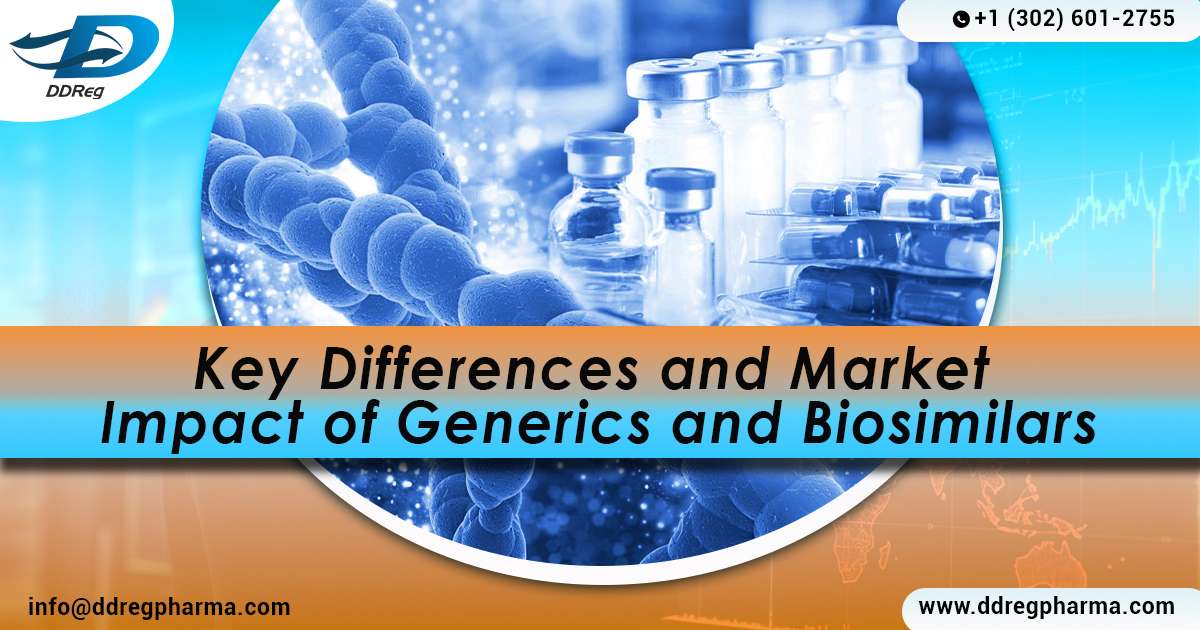
Key Differences and Market Impact of Generics and Biosimilars
Generics” and “biosimilars” represent distinct categories of drugs, each with unique development processes, regulatory frameworks, and market dynamics. Generics are essentially copies of small-molecule drugs, created once the patent for the original product expires. To gain approval, generics must prove bioequivalence to the original drug, typically without the need for extensive clinical trials, using standardized chemical manufacturing processes.
In contrast, biosimilars are designed to closely replicate biologic drugs, which are large, complex molecules derived from living organisms. While they are not exact replicas due to the natural variability in biologic production, biosimilars must demonstrate “no clinically meaningful differences” in terms of safety, potency, and purity. Developing biosimilars requires sophisticated biotechnological methods and a thorough process of analytical studies, animal testing, and clinical trials to confirm their similarity to the original biologic.
Know more about our Medical Devices
To get the daily updates, follow us on:
Facebook — https://www.facebook.com/DDReg
LinkedIn — https://www.linkedin.com/company/ddregpharma/
Twitter — https://x.com/DDRegPharma
Instagram — https://www.instagram.com/ddreg.pharma/